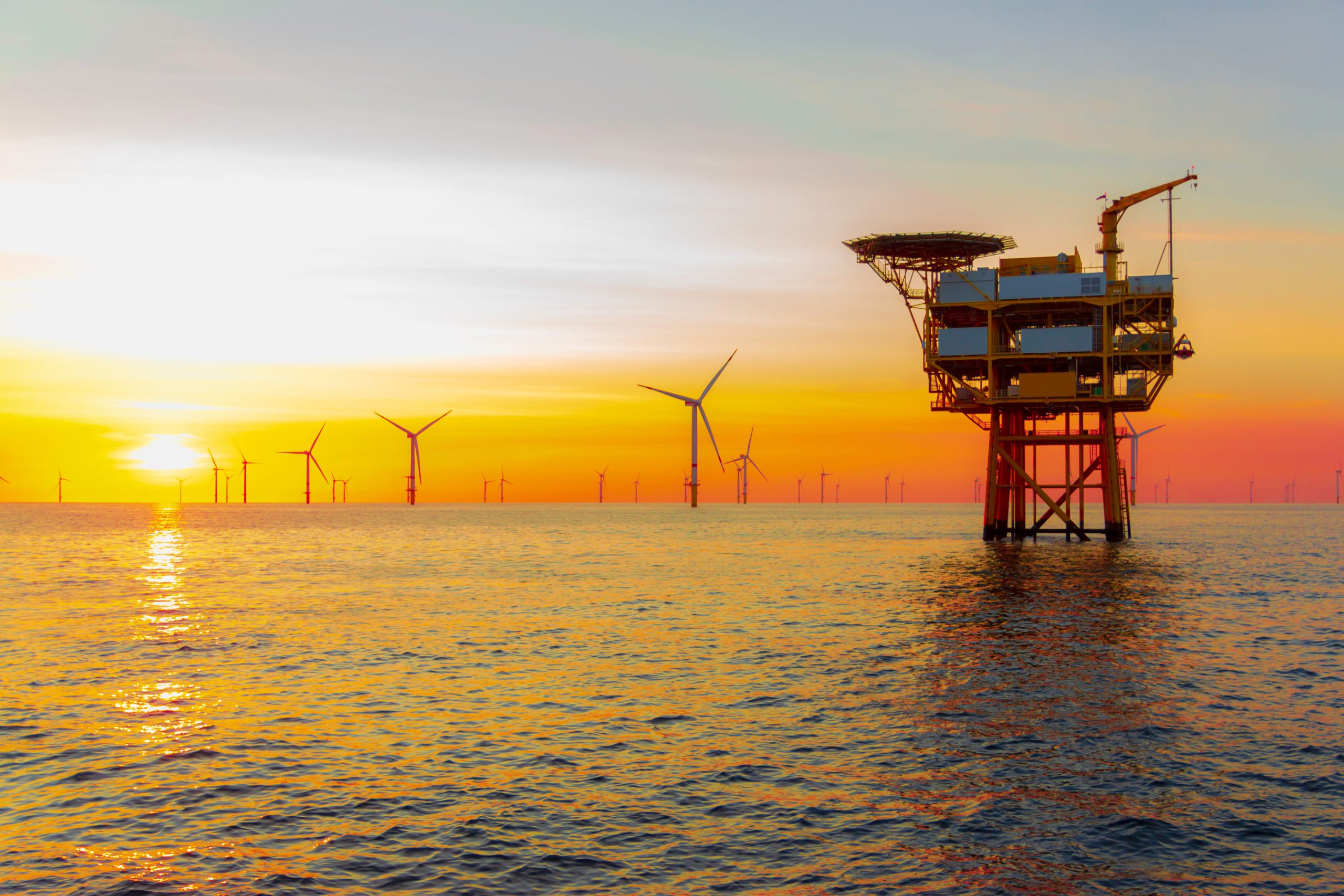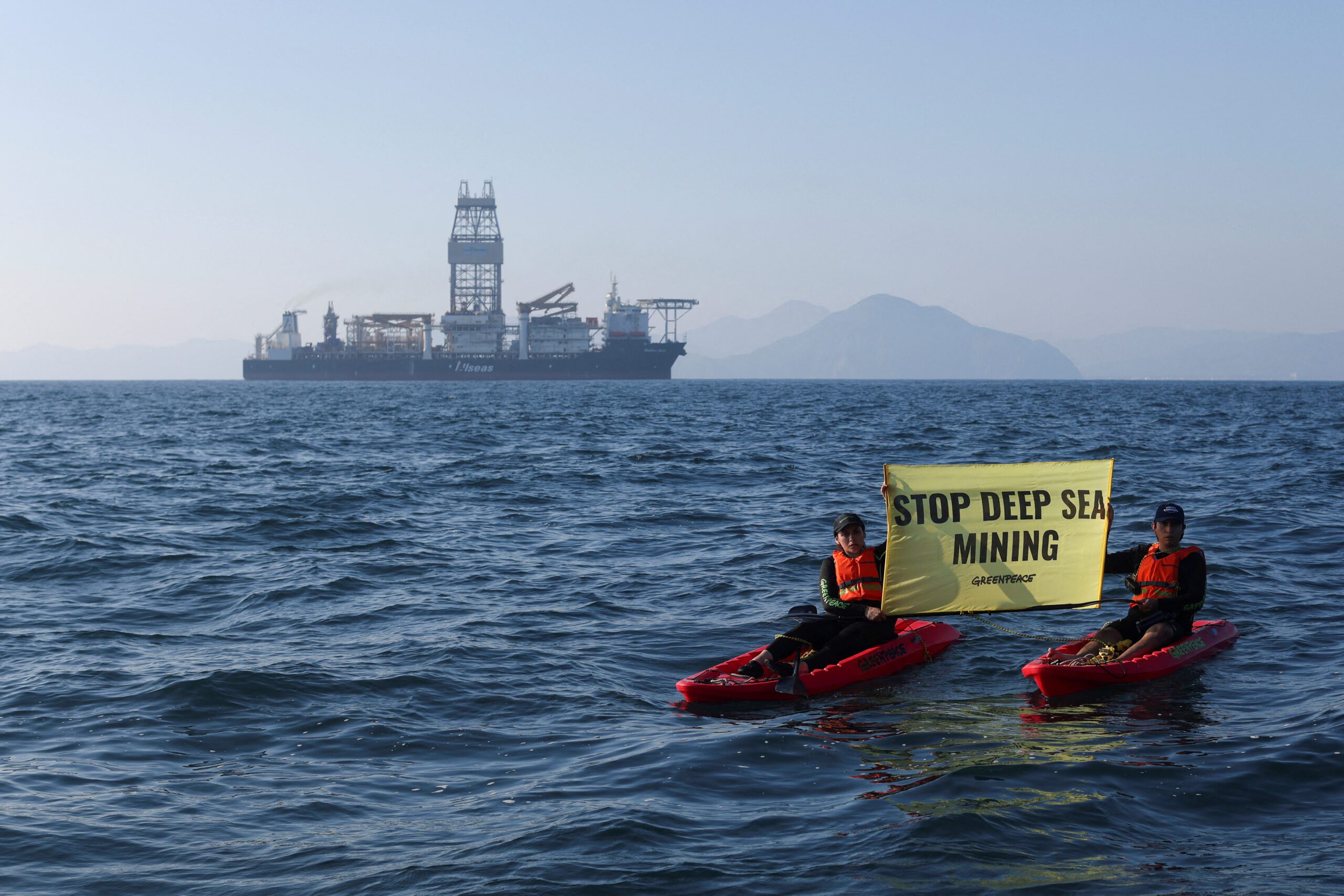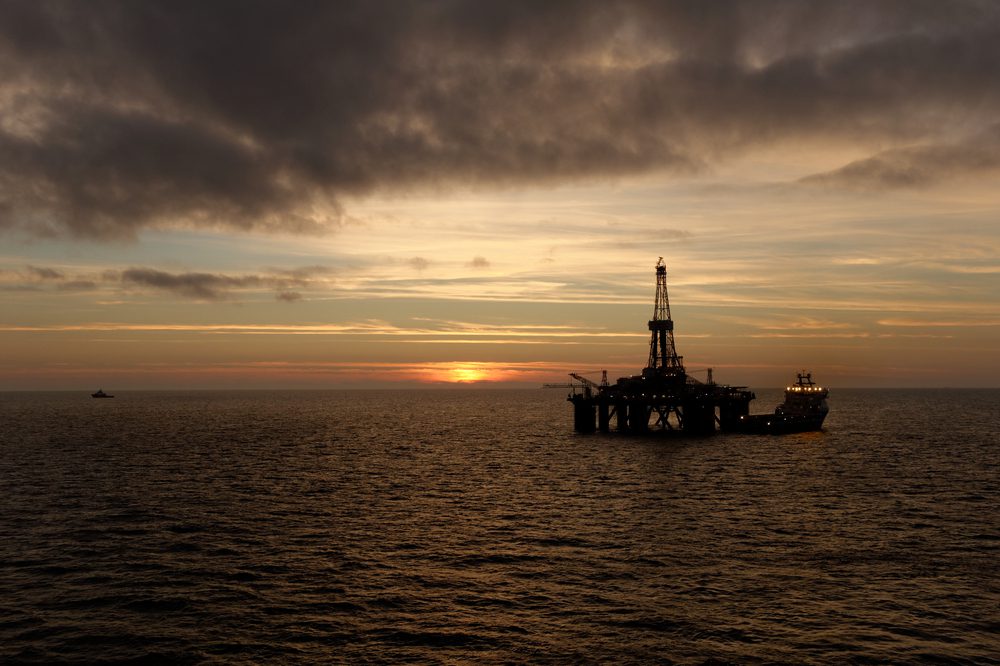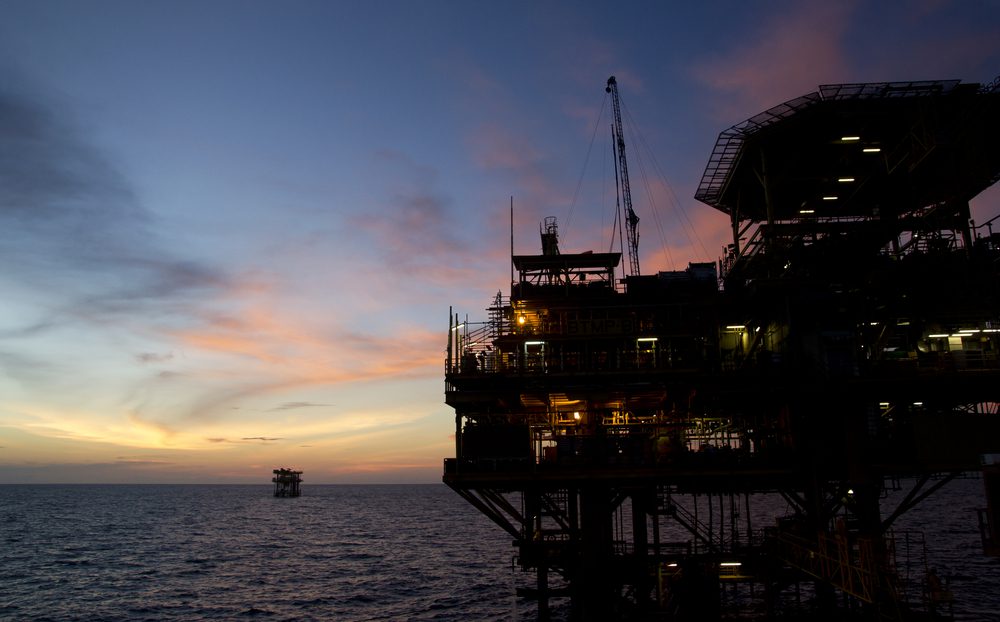The developer of one of New York’s largest planned offshore wind farms is extending its partnership with the Wildlife Conservation Society (WCS) to monitor for large whales in the area.
The new agreement, which extends until 2028, ensures that important data to protect wildlife in the New York Bight—where the Empire Wind lease area is located—will be collected during the pre-construction, construction, and post-construction phases of the wind project.
Two?deployed acoustic monitoring buoys have already been?moored within the Empire Wind lease area?and have compiled more than 2,000 days of monitoring data, detecting more than 18,000 whale sounds in near real-time, including more than 2,600 detections this year alone.
The acoustic monitoring agreement is?between Empire Wind, the joint venture between Equinor and bp, and the Wildlife Conservation Society (WCS). The Woods Hole Oceanographic Institution (WHOI) invented and operates the buoys.
“As a new industry, it is crucial that we establish best-in -class practices throughout the development phase of our projects from the start. The technology that will be deployed over this ten-year agreement provides Equinor the ability to assess our activities in real-time and ensure that we are putting marine life first in our operations,” said Siri Espedal Kindem, President Equinor Wind US.
The two buoys use near real-time passive acoustic monitoring (NRT PAM) technology that detects the distinct sounds of different whale species. Data collected will result in new knowledge on whale occurrence and behavior in and around the project. The sounds detected and recorded by the buoys so far have come from four large whale species: fin, humpback, sei, and North Atlantic right whales. The most commonly detected whale sound was a low frequency downsweep, called a 20Hz song note, that is produced by fin whales.?
The information collected will help Empire Wind and future offshore wind developments mitigate risks to whale species from project activity, while also offering insight into any potential impact that wind farm construction and operation might have on these species. WCS began the monitoring in 2016 and Equinor began supporting it in 2019.
“The data from this acoustic monitoring and our analyses clearly demonstrate that several large whale species are seasonally present, and some for extended periods of time in the New York Bight. This ongoing collaboration provides invaluable data on how these whales are using the New York Bight. In turn, this data can be used to inform best practices to minimize impacts on wildlife from the development of offshore wind energy,” said Dr. Howard C. Rosenbaum, the Project Principal Investigator and Director of WCS’s Ocean Giants Program.
Empire Wind’s Construction and Operations Plan (COP) submitted to the U.S. Bureau of Ocean Energy Management (BOEM) calls for up 174 wind turbine generators, two offshore substations and 2 offshore electrical cable routes. The project will produce up to 2.1 GW of renewable energy, enough to power 1.1 million homes.

 Join The Club
Join The Club











